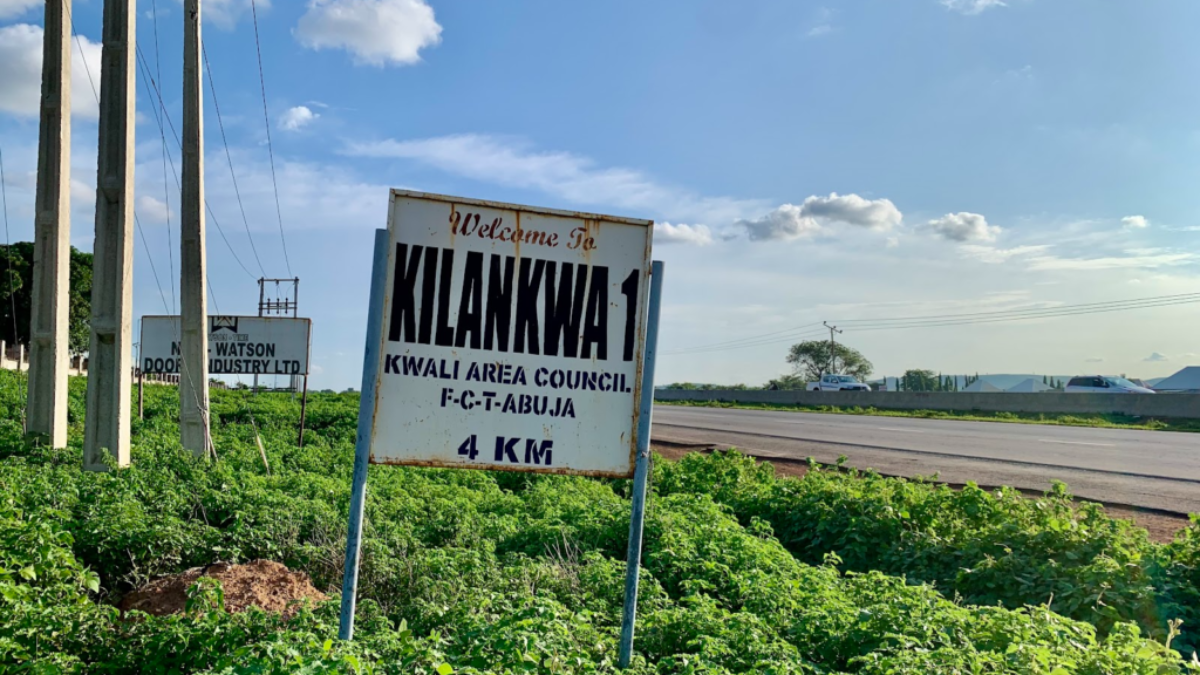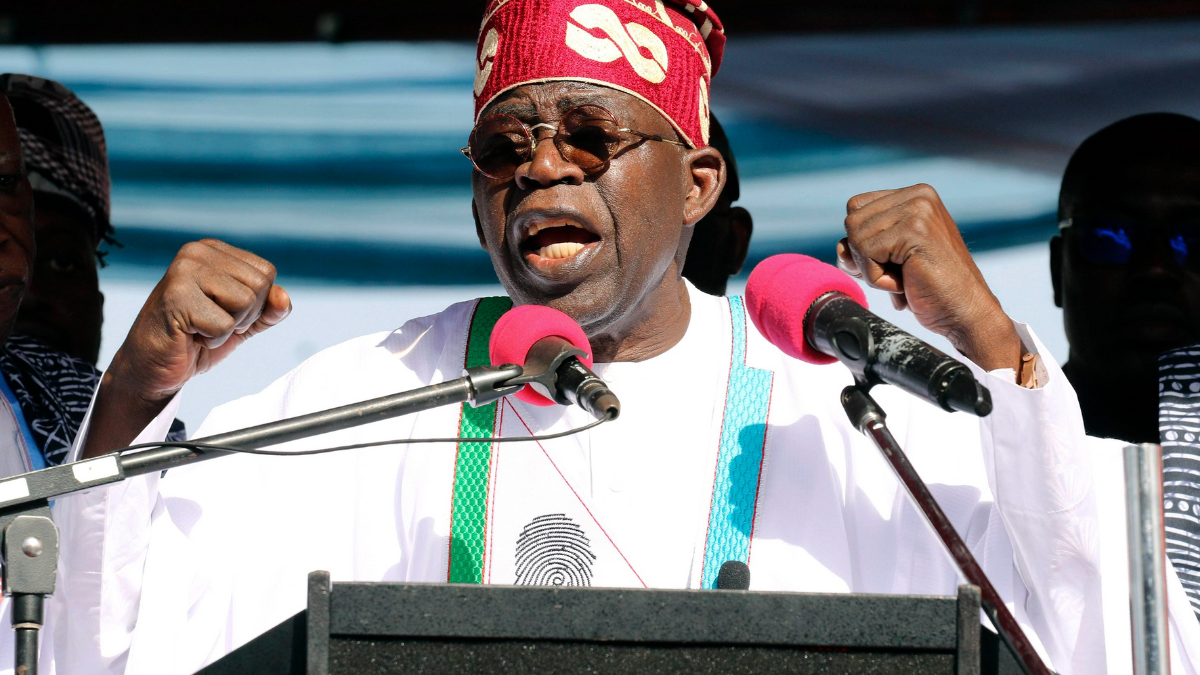Put a finger down if last year’s floods had you screaming God Abeg. If you have a finger down, you’d hate to know that it is most likely to repeat itself this year, and it’ll all be because the appropriate authorities did not do enough to stop it.
What’s going on?
So, on Thursday, April 10, the Nigeria Hydrological Services Agency (NIHSA) released its Annual Flood Outlook (AFO) which revealed that 30 states, including the Federal Capital Territory (FCT), would likely experience heavy rains and flooding during the rainy season.
NIHSA grouped 1,249 communities in 176 Local Government Areas (LGAs) across 30 states and the FCT into high-risk flood zones. 2,187 communities in 293 LGAs fall under moderate flood risk zones, and Abia, Benue, Lagos, Bayelsa, Rivers, Jigawa, and some others have been tagged as key risk areas.
The Minister of Water Resources and Sanitation, Joseph Utsev, who spoke during the AFO presentation, said the high-risk areas are Abia, Adamawa, Akwa Ibom, Anambra, Bauchi, Bayelsa, Benue, Borno, Cross-River, Delta, Ebonyi, Edo, Gombe, Imo, Jigawa, Kebbi, Kogi, Kwara, Lagos, Nasarawa, Niger, Ogun, Ondo, Osun, Oyo, Rivers, Sokoto, Taraba, Yobe, Zamfara and the Federal Capital Territory.
Wondering what NIHSA is doing about this? Instead of general flood forecasts that it’d normally do, the agency says it’ll go deeper to identify specific communities where floods are likely to happen. This is cool and whatever, but we’re calling BS.
Why are we calling BS?
Sighing the heaving the heaviest negro sigh as I say this— flood predictions are not enough. The predictions should be the starting point of the government’s work— a map to direct them on specific areas to work on— but it has become clear after years of repeated flooding that the government expects people who live in flood-prone areas to vanish into thin air and wait for the floods to do their thing.
If you think we’re referring only to the flood that swept through Maiduguri last year, you’re wrong; that wasn’t the first devastating flood Nigeria has witnessed.
2012
In 2012, between July and October, heavy flooding swept across 27 out of the country’s 36 states due to an overflow of the Niger and Benue Rivers. This flood, according to the authorities, took the lives of over 300 people, displaced over two million people, and cost the country a lot of money. Then Director General of the National Emergency Management Agency (NEMA) Muhammed Sidi said that the South South region alone lost an estimated ₦2.51 trillion.
The following year, Clement Dosumu, the Permanent Secretary of the Ministry of Aviation, said it took everyone, including the government by surprise. In his words: “It would appear that the 2012 floods took most people unawares despite the early warnings issued by NIMET pointing to the likelihood of flooding in different parts of the country.” Dosumu’s words would be understandable if this had only happened once, but the floods caught the authorities unaware again.
2017
Years later, in 2017, heavy floods submerged communities, destroyed about 4,000 homes and displaced 10,000 people in Benue State due to the overflow of the Benue River after days of heavy rains.
2022
In 2022, the floods came with a vengeance and left with a notorious reputation as Nigeria’s worst flood in decades. It claimed over 600 lives and displaced 1.3 million in various states across the country.
2024
Just last year, several parts of the country witnessed insane flooding, but none was as bad as the Maiduguri floods which were caused by the collapse of the Alau Dam. The floods submerged the city, affected about 400 people and caused the death of about 30.
What is the cause of these floods?
The government would always blame climate change, but that’s not the entire story. Experts and Non-Governmental Organisations (NGOs) have listed climate change, poor drainage systems, buildings on waterways (due to poor city planning), inadequate number of dams and poor maintenance of existing ones. Let’s not forget good old corruption. The Alau Dam, for instance, was in nasty shape but was left unattended even though ₦762 million was budgeted for its maintenance over the course of 12 years. The Borno State government also received ₦816 million in ecological funds.
What will happen this year?
Nigeria still doesn’t have enough dams, the existing ones are still in need of serious maintenance, there are still buildings on waterways, and the drainage systems are still messed up. This means the country is likely to witness the same kinds of floods it has seen over the years.
How can you change the story?
Even though we can’t exactly control nature, citizens can hold each other and elected officials to account when it comes to handling other issues. This means you can help reduce the impact of the flood by asking government officials (at different levels) to start taking proactive measures now. Ideally, there should be talks of dam maintenance, new dam constructions, clearing of waterways, and dredging of rivers by now. If you’re not hearing them, it means they’re not being done and you can fix that by doing either or all of the following:
- Talk about the flood forecast on social media, tagging government officials to ask what they’re doing to get ahead of it.
- Call your officials at the federal, state, and local government levels. You can find their contact information here.




